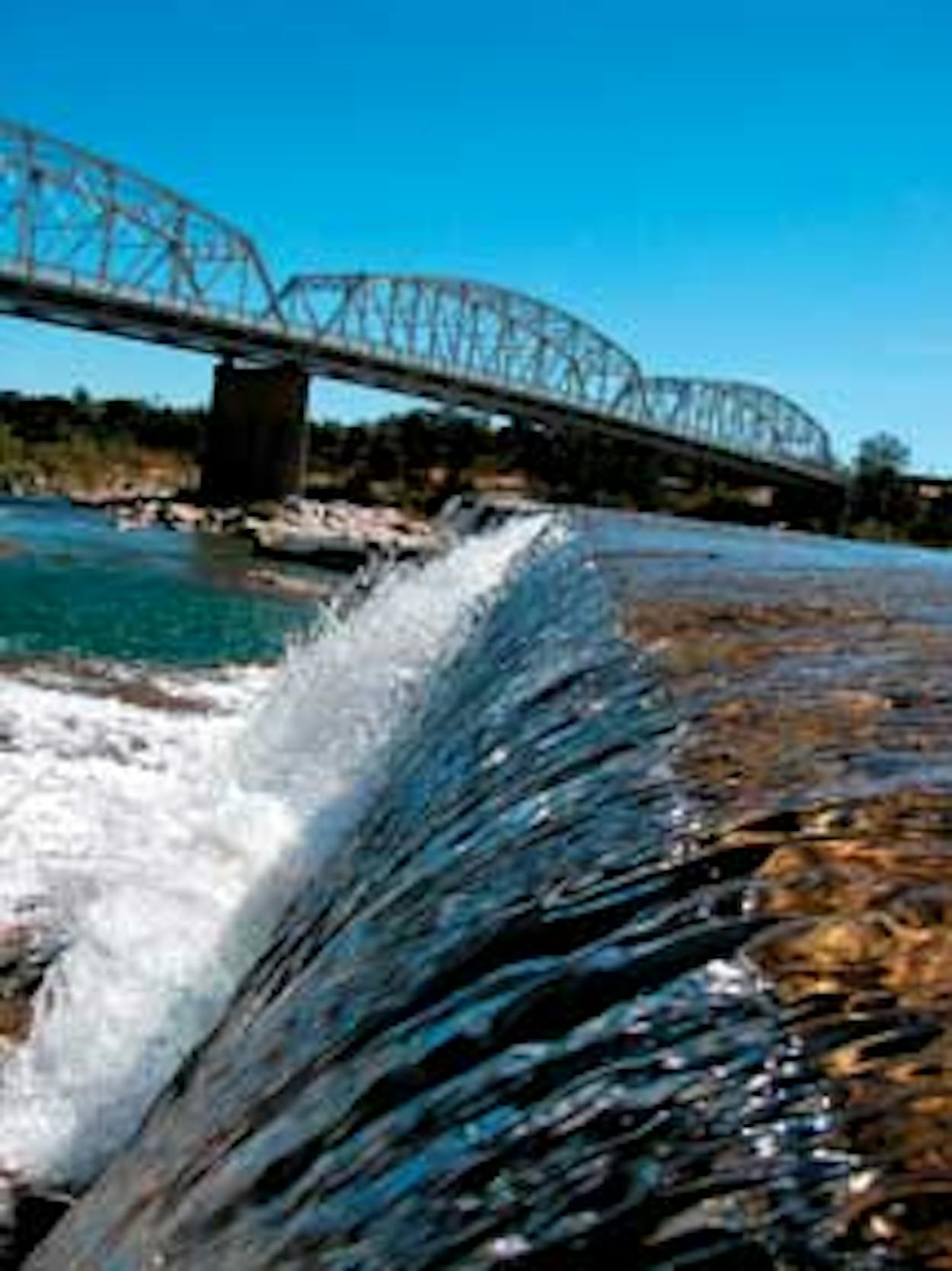Yes, the wildflowers of Llano County can be spectacular— sometimes. If the rains come in fall and spring. If the searing heat holds off until summer. If, when the blooms do appear, they aren’t crushed by zillions of kiddos and pups posing for photos.
The rocks of Llano County, on the other hand, which can also be spectacular, don’t even know the meaning of the word “unpredictable.” At least not anymore. The oldest rocks in this region did enjoy some wild times in their youth, more than a billion years ago, back in those crazy Proterozoic days. If you weren’t there yourself, you’ve probably heard about all that molten action under the earth’s crust, when superheated magma bubbled up to just below the surface, decided to be cool, and then stayed underground until exposed by millions of years of erosion. The Llano Uplift, the geologic designation for this granite formation (and a great name for a gospel band), is one of only three places in the state where you can get a peek at this volatile Precambrian past.
One bright day last fall, I grabbled with this past—and picked up a few chunks of it—along the Llano River, smack-dab in the middle of downtown Llano. Although it’s not the most dramatic rock show in the county (that honor probably goes to Enchanted Rock), it allows for plenty of collecting (as a state park, Enchanted Rock is pure leave-only-footprints-take-only-photos territory). Beginning just upstream from the Roy B. Inks Bridge, the river has carved gigantic stepping stones from pink granite and considerately surrounded them with deposits of gravel and water-buffed rocks that include not only gobs of granite but also samples of some of the hundreds of minerals found in the Uplift, including rose and smoky quartz, mica, graphite, and even traces of gold. And if, like me, you don’t know schist, you can tote your finds up to the Llano County Historical Museum, on the north bank, and compare them with the small rock assortment on display. (While you’re there, don’t miss my favorite exhibit: “What’s in Your Piano?,” a collection of the things Mr. Howard Blodgett, a local piano repairman, found inside the instruments he overhauled, from a slew of hair combs to a toy pistol.)
Still, as I strolled around downtown with rocks in my pockets and Historic Walking Tour map in hand, something began to nag me: What’s with all the brick and stucco? Sure, the forbidding jailhouse, built in 1895, is entirely gray granite, but even the Llano County courthouse is made from brick—although the restored 1893 structure does round out its edges with sandstone, marble, and granite details. The Badu House, which during its hundred-plus years has served as a bank, a home, an inn or two, and now a swank restaurant, is likewise tempered by the jaunty checkerboard granite banding on its exterior and a renowned bar top made from slabs of blue-specked llanite found nowhere else (probably) but Llano County. Yet it, too, is mainly brick. And considering the millions of tons of granite quarried from the Llano Uplift and carted off to buildings everywhere else—the Texas state capitol; Seattle’s Northwestern Life Insurance Building; a couple of wings of the American Museum of Natural History, in New York; the First National Bank Building in Chicago; nearly every jetty along the Texas Gulf Coast; and by one account, the Leif Eriksson Memorial, in Iceland—what was the Cassaday Grey Granite Company thinking back in 1919 when it covered its own Spanish-style headquarters with stucco, for heaven’s sake?
I never resolved my questions, but I found Llano so rock-solid otherwise that I soon forgot these material transgressions. Within a few steps of the river are a coffee shop, a bakery, a couple of barbecue joints, a handful of cafes, and a Cajun restaurant; stores selling artfully arranged castoffs and collectibles, as well as an impressive rock shop; the Dabbs Railroad Hotel, a remnant of the glory days of trains, now under new ownership and freshly restored (though available to groups only); and even a wildlife museum filled with dead animals from around the world. Venerable businesses still grace the courthouse square: Buttery Company, a hardware store that’s been around more than a century and the place to score a hog trap or a garden hose; the Corner Drugstore, which has stood its ground since drugs were invented (if that was around 1898); and the Lan-Tex Theater, which opened during the silent era and now hosts the Llano Country Opry and shows first-run movies.
All this, I realized, has kept Llano from becoming yet another Hill Country set piece with fudge shops and ample tour bus parking. Neither too touristy nor too pragmatic—and stucco or not—Llano has the heft of a real town.
Llano
Historic Walking Tour maps and lots more information are available from the Llano Visitor Center, in the reproduction train depot on the east side of Texas Highway 16, just north of the river; 325-247-4265.
Llano County Historical Museum, in the historic Bruhl Drugstore building (stucco!) at the northeast end of the Inks Bridge; 325-247-3026 (Wednesday through Saturday 11–5, Sunday 1–5).
The rocky river is accessible from Badu Park, on the north side, or from Grenwelge Park, on the south side.







